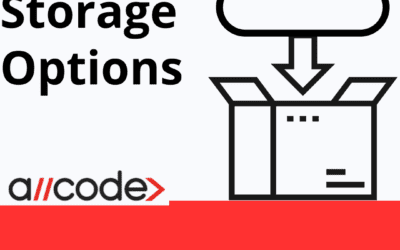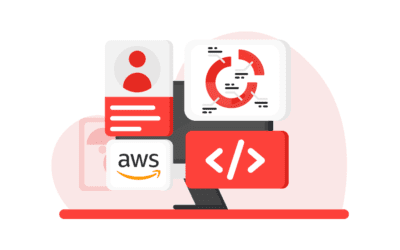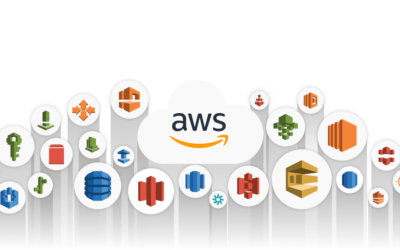AWS does incorporate several database services that offer high performance and great functionality. However, customers do find the difference between Amazon Relational Database Service and Amazon Aurora. Both services do provide similar functions, but do cover their own use cases.
AWS Databases
With AWS databases, you don’t need to worry about database management tasks such as server provisioning, patching, configuration, or backups. AWS continuously monitors your clusters to keep your workloads running with self-healing storage and automated scaling, so that you can focus on application development.
AWS Data Lake and Data Analytics for SMBs
Data lakes are repositories for structured or unstructured data of any capacity or type. With the tools available from AWS, data does not necessarily need to be organized first before running a number of analytics, visualization, or machine learning processes to yield the most optimal results.
What is AWS Glue and Why are Pipelines Important?
The most important components of a service are the service itself and the sources of its data, but those parts are completely worthless if they are separate and without the necessary connective tissue between them. AWS Glue is a serverless data pipeline that assists in finding data sources, preparing those sources, and directing data accordingly to where it’s needed. It’s easy to use and supports multiple processing and workload types.
AWS Storage Options – Should I Use S3, EFS, or EBS?
While incorporating the use of physical storage databases into Amazon’s Web Services is an option, there are also cloud storage options available. There are a few options to choose with significant differences between each in order to tackle certain options. One of the following services will be better optimized for handling loads at scale while another will have a better time retaining a proper load balance.
AWS Aurora
Among other services, Amazon also provides Aurora – a database service with a global presence that is compatible with MySQL and PostgreSQL at a mere tenth of the cost of traditional databases. True to AWS fashion, Amazon fully manages these databases helping to further reduce costs for the users and alleviate the need to dedicate resources towards maintenance. To prevent loss and damage, Aurora databases have nearly a 100% uptime with easy replication and a restoration of services in less than a minute. For newer users to AWS, immigrating data locally is incredibly easy.
Amazon Web Services vs. Microsoft Azure
Cloud computing is already gaining popularity and offers a degree of financial levity and reduced downtime from maintenance. The bigger tech companies present already recognize that potential and have established their own solutions for offer. This article aims to give some insight to the two biggest competitors as well as how the two compare to each other.
AWS DynamoDB vs. MongoDB
NoSQL (non SQL) databases are the current standard for modern web applications involving big data. It has proven adept in storage and retrieval of various data structure types, whether the data is structured or not. Lacking the requirements of predefined schema, applications with NoSQL develop faster, allow modifications in real-time, and require minimal overhead. With ease of scaling, multiple industries have found widespread use.
AllCode AWS Analytics Services
AWS Analytics ServicesAWS AthenaS3-based query data using SQLAWS CloudsearchManaged Search ServiceAWS ElasticsearchStreamline Elasticsearch ClustersAWS EMRBig Data FrameworksAWS FinspaceFinancial Industry Data ServiceAWS MSKTool to build and run apps on KafkaAWS...
Getting Started with Data Analytics on AWS
AWS offers a wide range of analytics services for a variety of needs, all in one place, and you can use them to gain better insight for business improvement.
Top 20 AWS Services in 2025
Explore the top AWS services of 2025 to optimize your business’s cloud strategy, improve performance, and cut costs with scalable solutions.










